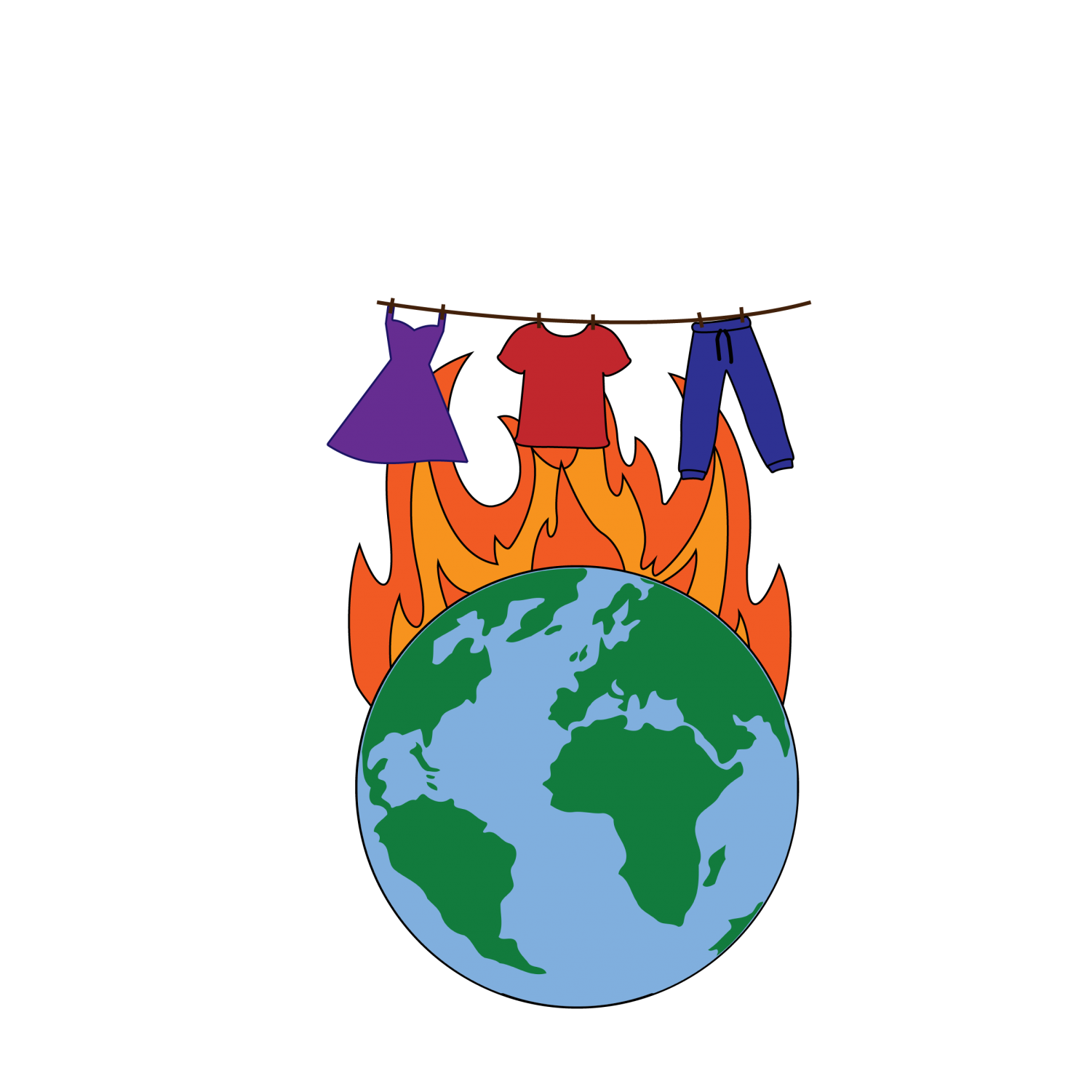The act of dressing ourselves is a norm, a daily task that everyone goes through. However, with the rising culture of visual art and emphasis on beauty aesthetics in the media, wearing clothes has started to be conceptualized differently for many. Now, not only do we dress according to the seasons, but also to fit the standards of mainstream social appeal, trends, and to sprinkle some self-expression.

The incorporations of the bold colors, textures, accessories has attributed the idea of fashion to our daily dressing task. Nowadays fashion is about being eye-catching with your choice of clothes, and newer generations have picked up on this quite easily. In fact, by just scrolling through Instagram or other media platforms, one can take so much inspiration on new trends, starting new trends and dressing to one’s own liking.

From an economic standpoint, as the world has shifted to a highly consumerist society, where a lot of buying and selling transactions happen, we have dramatically fed into the growth of the fashion industry. Indeed, with the growing demand of clothes for fashion purposes, many fashion houses have recognized the changing demographics and began to design ready-to-wear collections in standardized sizes and produce them in mass quantities to be sold at department stores.
Surely, the fashion industry saw the rise of globalization, and its potential. In recent years, producers and consumers were also introduced to cyber technology and electronic mass media (technology), which has since facilitated the way clothes are produced, marketed, sold, bought, worn, and discarded. Soon, the massive, and fast production of clothes internationally has started to open a market that fed on the massive demand for trendy clothes. Traditional fashion was slowly disappearing while fast-fashion was becoming the new norm.
Currently, fast fashion thrives due to the inexpensive manufacturing cost and cheap labor that allows retailers to sell trending pieces quickly and at affordable prices. As fashion constantly changes, so does the consumers’ need to buy new trendy clothes to swap their wardrobe pieces. Slowly, the initial hype of fashion has not become a way to benefit large fast-fashion corporations who only care about personal economic gain. As a result, globalization has negatively affected fashion because not only does it produce massive, unnecessary waste to the environment (in terms of non-sold pieces, and the use of toxic materials), but also creates this industry of mistreated workers, who are overworked in unethical conditions and get rewarded little to no pay.
Personally, I’ve been and still am a victim to fast-fashion. It’s a hobby and fun activity to gather together with friends on a weekend, and shop at the mall. Our go-to stops are often the trendy clothing stores, who are the large faces behind fast-fashion. With the rise of awareness about clothing sustainability, and ethical working practices, many of us have since started to be more conscious of where we place our money towards, and what it means to buy environmentally friendly items. While social media widely markets these fast-fashion businesses through the use of influencers, it has also been a pump for raising global awareness as well. As a worldwide community, we must continue to take measures in breaking the cycle of fast-fashion.


It is so essential to addressing environmental problems in the fashion industry. The understanding of how water and the environment are polluted is also important. The main culprit for the fashion industry’s huge water footprint is cotton growth. According to WWF, it can take up to 2,700 liters to produce the cotton needed to make a single t-shirt (enough for one person to drink for two and a half years) and a massive 7000 liters to make one pair of jeans (WWF, 2013). The chemicals for dying purpose is also damaging the water fundamentally, leaving the creatures underwater harsh condition to live.
LikeLike
The rise of social media has really allowed for a new form of globalism to come onto the scene. Fashion and ideas are so easially spread worldwide through social media, adding another form of blinding the consumer to what is occuring overseas in fast fashion tactics of production.
LikeLike
The globalization on fashion is something that has really impacted my personal life, myself being a victim of fast-fashion. I have also definitely been influenced into purchasing items from social media influencers. It is really eye-opening to see where my money is really going and how I am personally driving globalization. It is interesting that while social media has been a big factor in promoting fast-fashion, it has also become a big platform for spreading awareness about the issue, with many influencers beginning to promote more sustainable brands. However it is important to consider if sustainable fashion is a realistic option that can take the place of fast-fashion especially due to its higher prices.
LikeLike